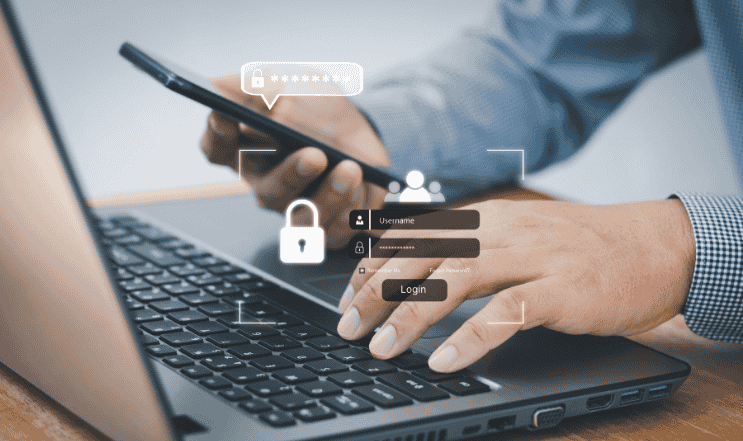
| 

You might have heard about it in the news or even got wind of it in the office, but the only thing most of us know is that it is one of the arch enemies of our computers or operating systems.
Ransomware is as malevolent as it sounds. This malware method of cybercrime stops you accessing your files unless you stump up the cash. Of course, it’s not hard cash, but payment via credit card or cryptocurrency that’s going to release you from these fraudster’s grip.
This type of fraud stalks the cyber highways and byways and can catch you off-guard to successfully infect your computer. There are varying degrees of this cybercrime, you should take heed of all of it.
Not so scary scareware
This is rogue security software, and you may receive a malware alert claiming this can only be eradicated if you pay for a cybersecurity software programme. Ignoring it means you will continue to be assailed with constant alerts, but your files are unlikely to be under threat.
A reputable security software company won’t solicit you in this way. If you don’t have the software on your system, then there would be no reason for them to monitor your ransomware infection. If your system already has cybersecurity then there is no need for you to top this up.
Malspam alert
Malicious spam or malspam in cyber-speak, is when an unsolicited email delivers malware. The email is likely to include booby-traps in the form of attachments such as Word documents or PDFs. It could also present links to malicious websites. This type of virtual villainy relies on social engineering to trick us into opening attachments or clicking links that appear legit. This cybercrime knows no bounds, sometimes posing as the HMRC or the police to scare you into paying up to unlock your files.
Malvertising attack
Just by browsing trusted websites, you can be directed to criminal servers. They will swiftly catalogue your personal details and then pick the malicious ware best suited to sting you. Malvertising or malicious advertising is the abuse of online advertising to dish out malware with an advanced approach that involves an invisible webpage component to do its dastardly deed. This is likely to happen without your knowledge and you won’t be aware of it until it’s too late. It’s often called a “drive-by-download” for good reason.
Screen lock shock
This is almost as nasty as ransomware gets. When screen-lock scams infiltrate your system, it means you are frozen out of it completely. When you start it up, a window will appear usually with a government or law enforcement seal claiming you have committed a crime and will have to pay a spot fine to have it unfrozen.
Evil encryption
Encryption has to be the king of the ransomware pile though. This cyber crookery highjacks your files and encrypts them. Unless you pay up there is no chance of the files being decrypted and even if you do pay the ransom, there is no guarantee you’ll get your information back. This type of attack emphasises the importance of saving everything to the cloud.


